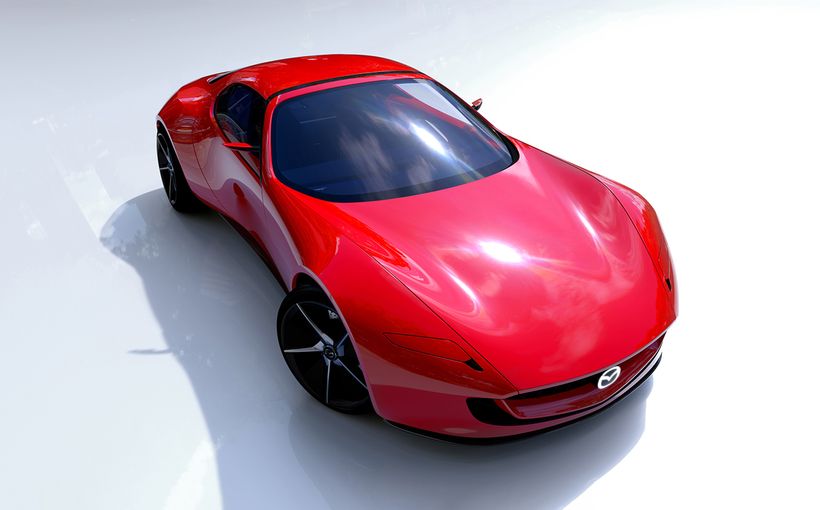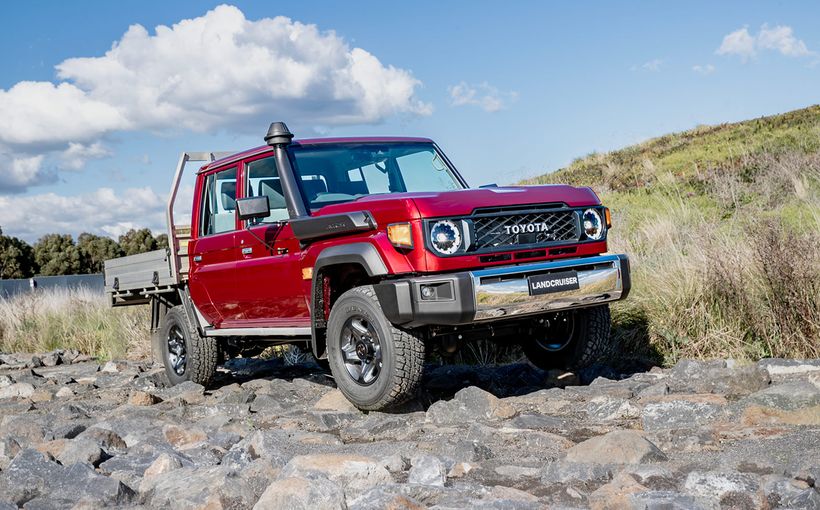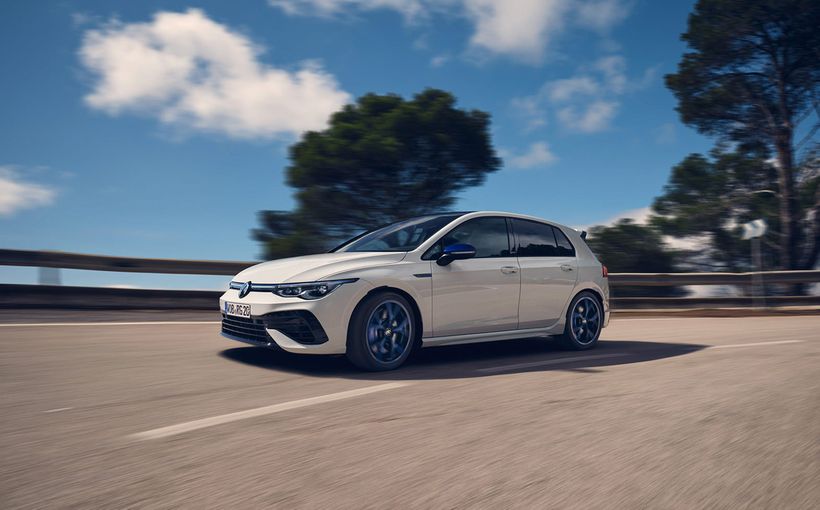BE CAREFUL what you wish for. That’s the idiom that has been drilled into us since as long as we can remember and it means that what you covet most may carry with it unforeseen, even unpleasant, consequences.
Car enthusiasts the world over have been pleading Toyota for a new Supra sportscar since the demise of the previous version in 2002, and wouldn’t you know it? The big T brand actually delivered.
After nearly a decade of teasers and leaks, Toyota’s fifth-generation Supra has finally gone official and broken cover at this month’s North American International Auto Show in Detroit, but can it possibly live up to the impossibly high hype?

Let’s deal with the elephant in the room first – yes, Toyota teamed with BMW to build the Supra, which shares its underpinnings with the new-generation Z4 convertible.
However, the Supra clearly diverges from its German sibling in aesthetics, sporting a sharp front nose with gaping air intakes, bulging rear haunches and a fixed-roof, coupe body style.
While both will be built out of the same facility in Graz, Austria, stack the Supra side-by-side with its BMW Z4 sibling and the differences are like chalk and cheese despite sharing the same platform.

Under the bonnet however, and it’s a different story. Slotted under the long nose of the Supra is a BMW-sourced 3.0-litre turbocharged straight-six petrol engine, which pumps out a sizeable 250kW of power and 500Nm of torque.
How’s that compare with the top-spec BMW Z4 M40i? Well it’s the same engine with the exact same outputs!
Toyota is claiming a quicker zero to 100km/h time of 4.3 seconds though, compared to the flagship Z4 convertible’s 4.6s. Of note however, BMW has revised down that claim to the low-4.0s mark since the Supra’s reveal, but official confirmation is still forthcoming.

Even the lower-tier Supras, which are powered by turbocharged 2.0-litre engines – in either a 145kW/320Nm or 190kW/400Nm tune – share the same outputs as the entry-level and mid-tier new-generation Z4 respectively.
Here in Australia though, only the top-spec six-cylinder Supra has been confirmed to arrive later this year, but the force-fed four-cylinder versions are not completely ruled out and could land in local showrooms in 2020.
Either way, all Supras are paired to an eight-speed torque converter automatic transmission, which sends drive exclusively to the rear wheels.

Fear not driving enthusiasts, a manual gearbox is still on the cards and is expected to launch down the line if sales of the Supra are deemed a success.
However, Australia likely won’t contribute too much to that success as only 300 examples are allocated for the local market in the first 12 months, which – given the hype around new sportscars – should be snapped up pretty quickly.
Pricing is still to be confirmed, but scuttlebutt is pointing to a circa-$75,000 before on-road costs pricetag that would put it right up against the engine-sharing $77,629 BMW M240i, 253kW/371Nm Nissan 370Z Nismo ($61,490) and even the mid-engined 177kW/350Nm Alfa Romeo 4C ($89,000).

As standard though, the Aussie-spec Supra will be fitted with an active differential, active dampers, a Sport driving mode and 19-inch wheels, while the new Toyota sportscar will also boast a perfect 50:50 weight distribution and also features a lower centre of gravity than its 86 stablemate.
Inside, most of the interior is lifted straight from BMW, including the floating screen infotainment system with rotary control knob and simplified switchgear, but the sports seats and steering wheel appear to be Toyota-specific.
The 2019 Supra is only the fifth model in a long line for the nameplate that that started in 1978 as a top-spec version of Toyota’s Celica powered by a trio of inline six-cylinder engines culminating in a 87kW/197Nm 2.8-litre unit.

Since then, each generation in the Supra’s heritage has always featured an inline six-cylinder engine, including a 133kW/230Nm 2.8-litre engine in the second generation that was in production from 1981-1985, and the 206kW/363Nm turbocharged 3.0-litre unit in the 1986-1993 third-generation model.
Most recently – and famously – was the the fourth Supra iteration, in production from 1993 to 2002.
Well known for starring in The Fast and the Furious film franchise, the fourth-generation Supra embedded itself into car culture thanks to its gorgeous body, much-lauded twin-turbocharged 3.0-litre twin-turbo 2JZ straight-six engine and years of aftermarket support.

Fun fact, this writer actually owned a fourth-generation Supra for three years as their first car – and loved every minute of it!
The new Supra has a lot to live up to then, and though BMW is renowned for building driver-focused rear-drive platforms and punchy engines, how well do those feature carryover to a Toyota nameplate with so much history and heritage? We’ll find out later this year.
Protect your Toyota. Call Shannons Insurance on 13 46 46 to get a quote today.










